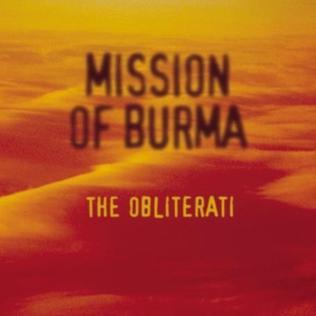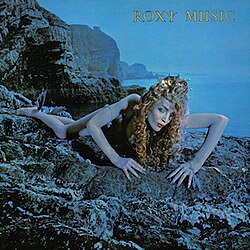“It’s twelve songs. About 53 minutes.” This is Nic, last week, discussing our forthcoming album Touch Grass with a fellow musician at a local show.
I know 53 minutes is too long.
There’s a sweet spot for an LP’s length. You want to give listeners enough music to feel like it was worth turning on, but not so much that they start to zone out.
I read somewhere (or heard somewhere, or made up out of thin air) that the arc of the average human’s circadian rhythms is about 45 minutes. So if they start your album at the first part of that cycle, it can play for about 45 minutes until their attention starts to flag.
Intuitively, this makes sense to me. When watching a movie, I usually get anxious or bored about halfway through the second act. And, I don’t know about you, but I always find the commitment level to starting one of those hour-long drama shows is higher than that of a more work night-friendly 45-minute show.
In the past, technology dictated how long an album could be. Each side of the 12-inch vinyl record, which was introduced after Columbia Records invented the microgroove in 1948, could hold about 25 minutes of music before the fidelity started to suffer. Since then we’ve accepted that an LP (a “Long Player”) usually constitutes about ten songs, usually over 30 minutes of music.
In the 1990s, the audiophile’s format of choice, the CD, could hold up to 80 minutes of music, so artists began to take advantage, loading on more songs, genre experiments, skits, and hidden tracks after twenty minutes of silence. What did you expect? Painters are gonna use the whole canvas – much to my chagrin. I’m sorry, but I would give up “Deeeez Nuts” and “Endless Nameless” for more concise albums.
However, by the end of the decade we had pretty much decided that an album really shouldn’t be much over 45 minutes, ten or twelve songs. (Granted, there are exceptions abound. Metal, dance, and ambient albums often come in at staggering lengths, and megastars like Drake or Beyoncé or Taylor Swift often release super-sized LPs – though normally get dinged critically for their albums sounding either “same-y” or “scattershot.”) Even though bands are not limited by technology, most keep their albums to rather tight, traditional lengths.
So…the fundamentalist in me chuffs at Touch Grass’s length. But I also know that we want to release all of these songs, that they balance each other out, and that there’s an exit for people who want to dip out after 40 minutes. While I might think “Winter’s Gone” and “Regret” have some of our best lyrics, I understand if a listener would rather bail before a ten-minute post-rock excursion and the downbeat, acoustic closer. There’s a reason they’re the last songs on the album.
However, you would be insane to bail on the thirteen track – the second to last song – on Unwound’s When Leaves Turn Inside You. The ten-minute-plus “Below the Salt” is the capstone of everything Unwound tries on Leaves, their final album. It’s spacious and chilly, but the hushed vocals and piano plinks lend it a humanity – a blood – that connects it to the band’s hardcore beginnings.
Released in 2001, When Leaves Turn Inside You fits in a class of post-hardcore albums like Fugazi’s The Argument and Shiner’s The Egg. All three albums are the culmination of a decade of experience, influenced by the 1990s underground post-rock and avant-garde, and acclaimed as among the best in the post-hardcore genre. They were also definitive ending points for all three bands – only Shiner have released new material together, and that was in 2020.
Leaves is unique among that bunch for being a double album. After a decade of grinding touring and cranked out albums of their singular loping, cerebral punk rock, guitarist Justin Trosper, bassist Vern Rumsey and drummer Sara Lund recorded Leaves in a studio of their own creation and they took their time.
Where much of their earlier work sounds like amps were immediately mic’d without much knob-fiddling, Leaves sounds endlessly fussed over. And the addition of mellotron and the occasional bowed instrument lends this music a depth and gravity that their earlier records are missing. This is an album that values weight over energy.
And then there’s the space. This is music of vistas and horizons, a far cry from the choked urbanity of most post-hardcore, way more Talk Talk than Black Flag.
If underground roared like a lion into the 1990s with grunge and pigfuck and thrash, it left them mewling like a lamb as the hardcore kids explored the gradations of silence – besides, the hard stuff was for the mainstream by then. Slipknot’s own double album Iowa would also see release in 2001. Unlike Leaves, it would go platinum.
When Unwound took Leaves on the road, the band, well, unwound. Rough performances, Rumsey’s drinking, and 9/11 all took their toll. They called it quits…until 2022, which saw them reunite, though without Rumsey, who passed in 2020. They’re touring now.
Leaves Turn Inside You is over 74 minutes long. I’ve listened to it three times today, and never hit the brick wall of my circadian rhythms. If it’s not a perfect album, it’s at least perfectly paced. (It also might be a perfect album.) But, I do want to point out, although it can fit on one CD, it comes on two, seven songs each.







